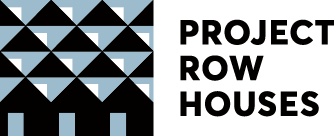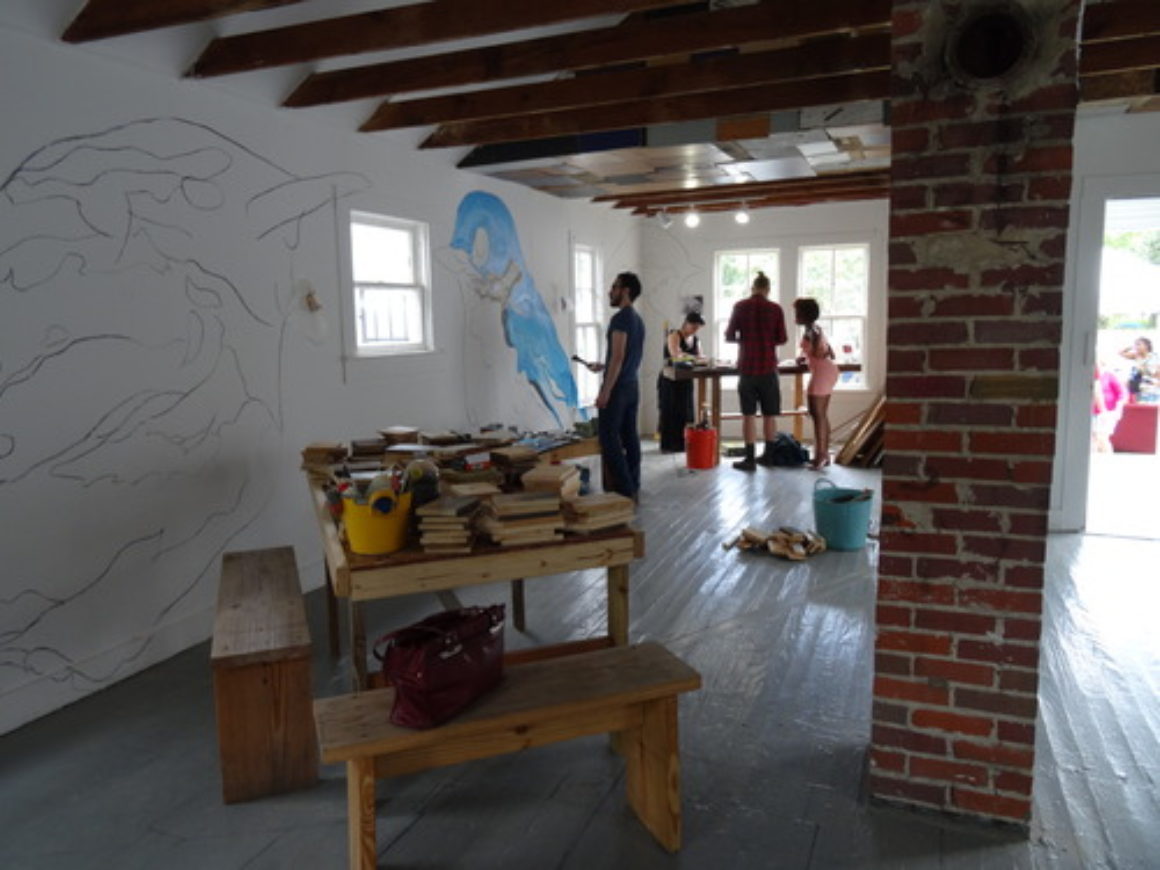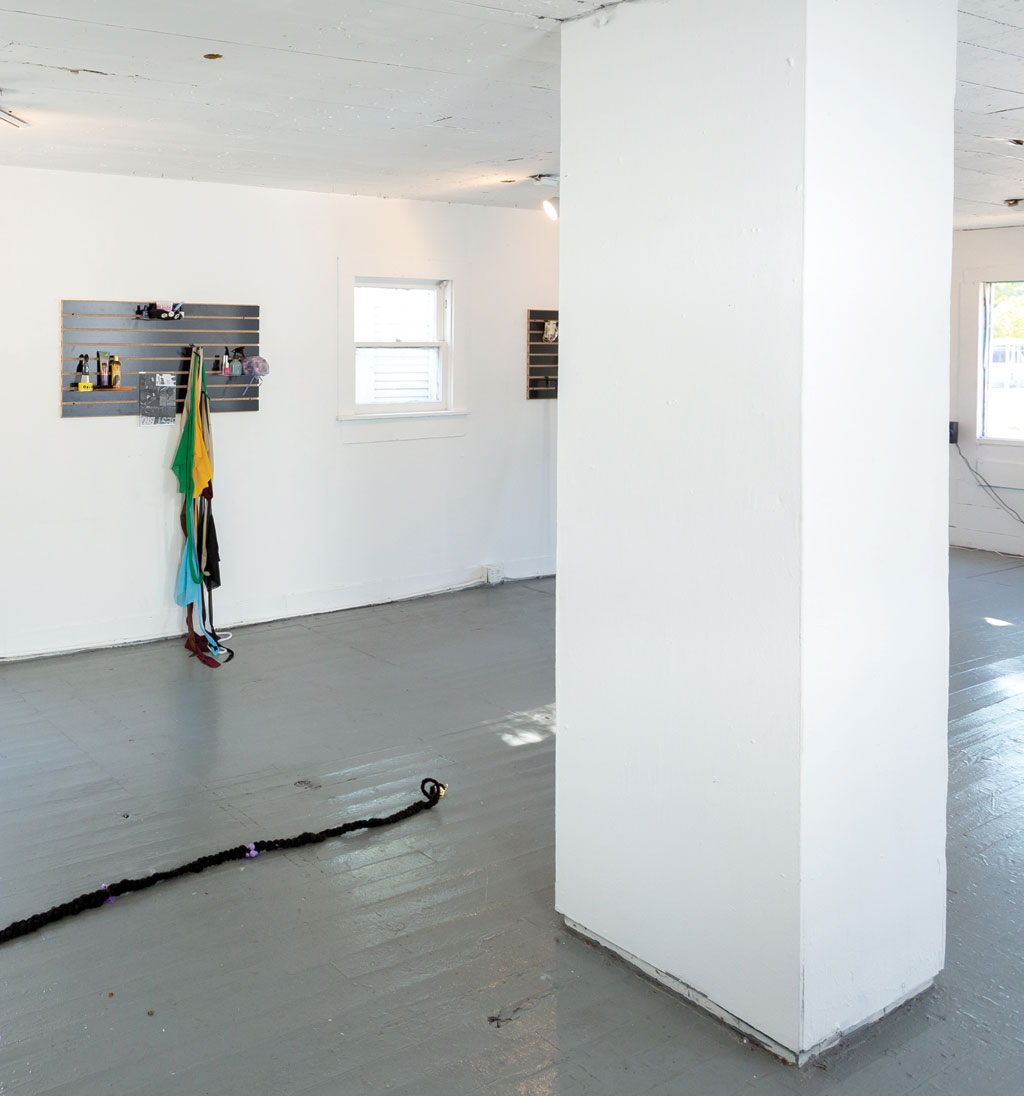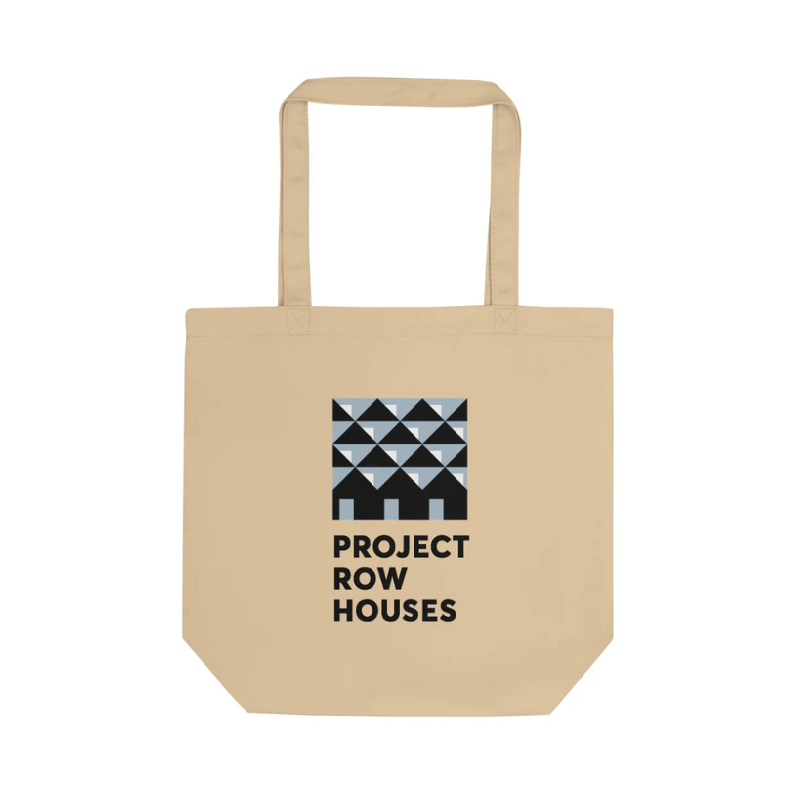Interview by Noemi Giron
What is the most important artist tool for you both while working on “Project Birdhouse”? Is there something you both can’t live without in your studio?
The most important artist tool for Project Birdhouse was collaboration. Without the help from everyone that came to build a house or help us during this, the row house would have remained empty the whole time.
The answer to part two of your question, especially for this project, is each other. We both have a particular skillset that was vital to the success of Project Birdhouse, and without a successful collaboration between the two of us, we would not have been able to ask the community to be co conspirators.
What brought on the idea of bird preservation?
Well obviously we are artists and not bird people, so the idea was for the birdhouses to act as a kind of sculpture graffiti. However, the functionality and the ecological impact kept coming up in our preparation for the project, and it made us feel that it was important to use this project as a mode to start those discussions because of other people’s interest.
After this installation is over will you both keep continuing this workshop?
Yes, we are still working on what that will look like, but it is important for us to continue our work at PRH. Keep an eye out because you will definitely see something from us soon.
Are there specific birds that Project Birdhouse is aiming to attract to the community?
There are five birds we decided to focus on. Our research made us decide to build the boxes for the Eastern Blue Bird. That particular species is endangered, and as a bonus several other birds can use the same box: the Tufted Titmouse, House Wren, Carolina wren, and the Carolina Chickadee. Although, we will be excited if any bird, especially one we don’t expect, moves into town.
Why did you decide to make your installation a more interactive one? Do you both feel that the interactive process is essential to understand the message of this installation?
We both felt that summer studios was an opportunity to embrace the mission of PRH. Our work outside of Project Birdhouse is nothing like this, so we chose the birdhouse project from the beginning because it was an easy way for us to invite the community to work with us and activate the larger work, which is the conversation that is generated by having several people from different backgrounds and places working, learning, and discussing with each other. In a project like this, where the artists are really the persons participating and not the so called artist (in this case us), it is essential for the space to be interactive in order to fully understand what was going on.





